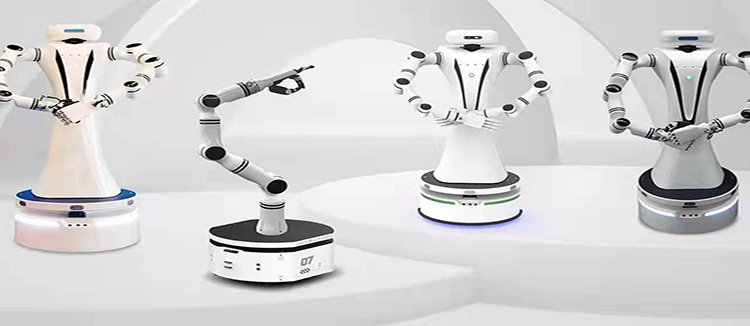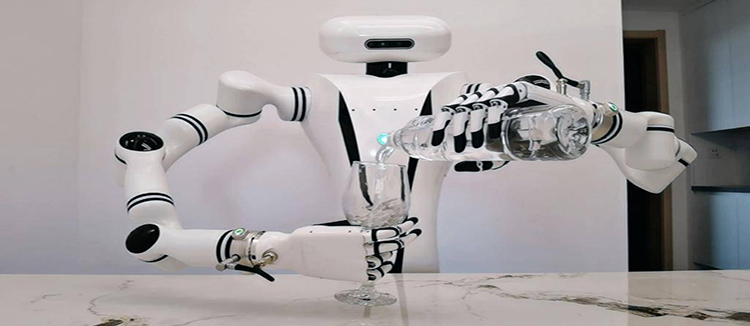Understanding the Role and Applications of Harmonic Reducer in Modern Engineering
The Harmonic Reducer, a critical component in the field of mechanical engineering, plays a significant role in various industrial applications. This article delves into the intricacies of the Harmonic Reducer, its functionality, and its importance in modern engineering practices.

A Harmonic Reducer, also known as a harmonic drive, is a mechanical device that is used to reduce speed and increase torque in a system. It is composed of three main components: a flexible spline, a circular spline, and an elliptical wave generator. The flexible spline is connected to the input, the circular spline is connected to the output, and the elliptical wave generator is the driving element that causes the flexible spline to oscillate, thereby transferring motion and torque.
The working principle of a Harmonic Reducer is based on the principle of harmonic motion. When the elliptical wave generator rotates, it causes the flexible spline to flex and oscillate. This oscillation results in a continuous rolling motion between the flexible and circular splines, which in turn provides a smooth and precise reduction in speed and an increase in torque.

The applications of Harmonic Reducers are vast and varied. They are commonly used in precision positioning systems, robotics, aerospace, and automotive industries. In robotics, Harmonic Reducers are used to provide precise control over the movement of robotic arms and joints. In aerospace, they are used in the control systems of satellites and space probes to ensure accurate positioning and orientation. In the automotive industry, Harmonic Reducers are used in the steering systems of vehicles to provide a smooth and controlled turning motion.
One of the key advantages of using a Harmonic Reducer is its high efficiency. Due to the rolling motion between the splines, there is minimal friction, which results in a high transmission efficiency. This efficiency is crucial in applications where energy conservation is a priority, such as in electric vehicles and renewable energy systems.
Another advantage is the compact design of Harmonic Reducers. They are small and lightweight, which makes them ideal for applications where space is limited, such as in drones and other compact machinery. Their compact size also contributes to their high power-to-weight ratio, which is a significant factor in many engineering applications.
Maintenance is another area where Harmonic Reducers excel. They require minimal maintenance due to their simple design and the lack of wear-prone components. This low maintenance requirement is particularly beneficial in environments where access for maintenance is difficult or costly, such as in deep-sea exploration equipment or remote sensing satellites.
Despite their many advantages, Harmonic Reducers also have some limitations. They are sensitive to misalignment and can suffer from backlash, which can affect their precision in certain applications. However, advancements in design and materials have mitigated these issues to a large extent, making Harmonic Reducers a reliable choice for many high-precision applications.
In conclusion, the Harmonic Reducer is a versatile and efficient mechanical component that is integral to many modern engineering systems. Its ability to provide precise speed reduction and torque multiplication, coupled with its compact design and low maintenance requirements, makes it a popular choice in a wide range of industries. As technology continues to advance, the applications and capabilities of Harmonic Reducers are likely to expand, further cementing their importance in the field of mechanical engineering.










